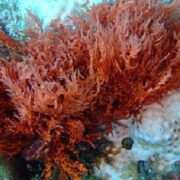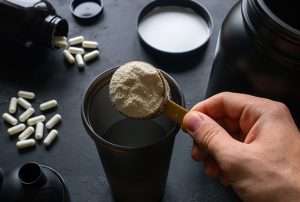3 REASONS WHY PLANT PROTEIN ARE WHEY BETTER FOR YOU

(1) Plant Proteins offer the protein superiority of whey + Extra Vitamins & Minerals
Just like milk, legumes such as peas and brown rice have around 8% protein. When we enzymatically (versus chemically extract) extract protein from plants we result in the same 80% concentrate that whey is popularly known to have. Since proteins are built by chains of amino acids, it’s inevitable for plants to have them too – making them excellent sources of arginine and BCAAs. Plus, we combine the amino acids of different proteins to ensure your protein is a complete source. Plus, plants are naturally rich in iron, potassium, calcium, and magnesium since minerals come from the ground and not cows.
(2) Plants are Alkaline While Whey is Acidic
It’s known that alkaline diets make it really difficult for cancer cells to multiply. Acidic diets, however, make you prone to all sorts of diseases. That’s why we give the Plant-based diet a thumbs-up! An acidic environment in your body can result in acne, gas, and bloating. Plus, given how processed some proteins can be, your kidneys can take a serious toll.
(3) Plants are sustainable & animal agriculture simply isn’t
The beauty of plants such as peas are that they’re nitrogen fixing which means that with the help of bacteria (Rhizobium), it draws nitrogen from the air and traps it in the soil. Plants require significantly less water and land to grow compared to its animal counterparts and that’s why we believe that it’s the only diet that can sustain our ever expanding population.














